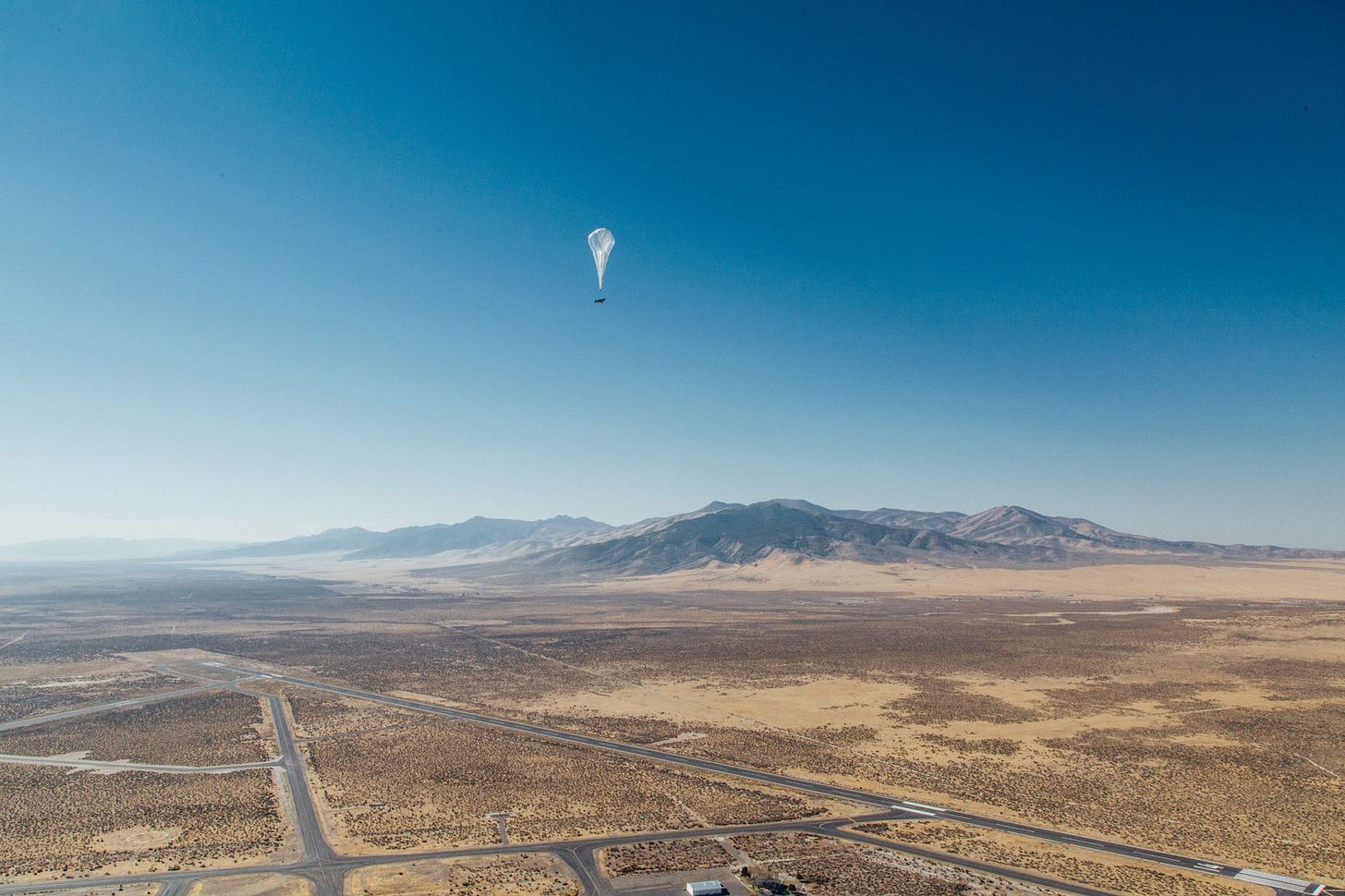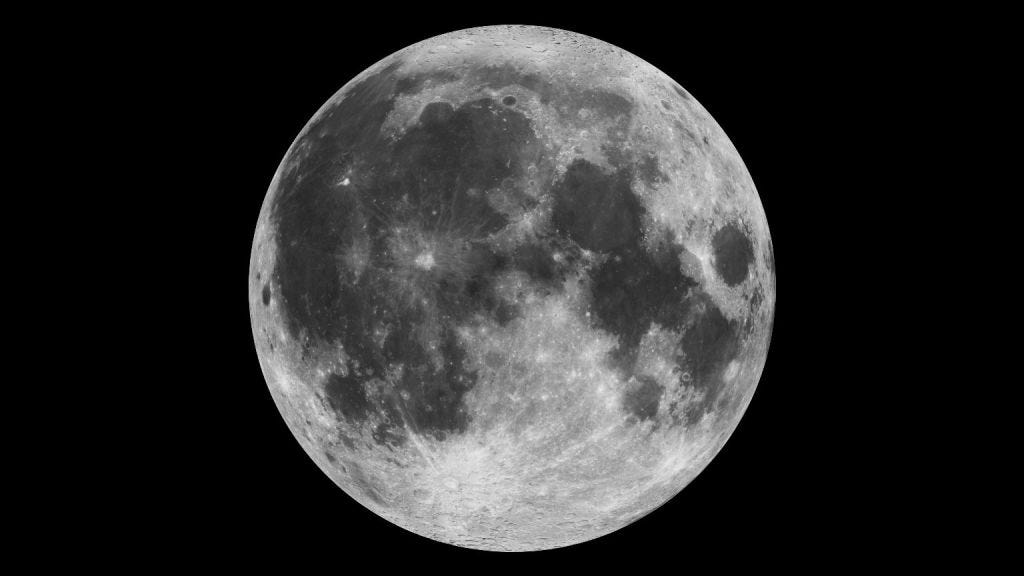Hello, and welcome to The Edge, the newsletter that brings you groundbreaking stories from the frontiers of technology and science.
We’ve got some great stories for you today, including AI that’s saving coral reefs, Alphabet bringing internet to remote communities and Motorola being a maverick. As always, we’ve added extra stories under each article should you find yourself in a curious state of mind.
Balloons and bandwidth

Image credit: Loon
Alphabet’s Loon prepares for commercial launch in Kenya with internet balloon tests
Alphabet’s Project Loon is moving ahead swimmingly. The project aims to provide internet to remote communities using high-altitude balloons and could be mere weeks away from launching its first commercial service in Kenya. The balloons are currently performing network testing in the skies above the country. Loon hopes to activate the commercial service in partnership with Telkom Kenya in the coming weeks.
The journeys the Loon balloons embark on to reach their destinations is nothing short of remarkable. The balloons hover at a height of roughly 20 kilometres and ride on stratospheric winds to reach their destinations, with flights sometimes lastings “hundreds of days” and spanning thousands of kilometres.
Going against the grain

Image Credit: TechCrunch
As more high-end smartphone makers explore budget devices, Motorola takes a shot at premium
Motorola, the electronics company behind the legendary Razr phone, doesn’t follow the crowd. Most phone manufacturers are slowly realising that people want cheaper phones, which is no surprise with flagship devices often breaking the $1,000 price point. Looking at you, Apple and Samsung.
Motorola is mostly known for budget devices, but has thrown the smartphone market a bit of a curve-ball with it’s soon-to-be-released Edge+. We love the name, by the way.
The device will be arriving May 14th in the States and features flagship specs at flagship prices. $1,000 will get you, among other things, a 6.7-inch display, a 90Hz refresh rate, a Snapdragon 865 chip, mmWave and sub-6GHz 5G and an impressive camera setup featuring a 108MP main lens.
An electronics icon, the Razr
Have we reached peak smartphone?
AI under the waves

Image credit: Accenture
Intel is using AI to gather real-time data on coral reef health
Sadly, the coral reefs around the world are disappearing. There are various reasons for this, including overfishing and warming temperatures. A tragedy any which way you look at it.
Not all heroes wear capes, though. In this story, Intel, Accenture and the Sulubaäi Environmental Foundation are the heroes and they’re using AI to help bring life back to coral reefs around the Pangatalan Island in the Philippines. The project is called CORaiL and began around this time in 2019. In May last year, the team installed concrete structures that incorporated fragments of living coral. This coral will grow to provide marine habitat and hopefully reinvigorate the ecosystem. The team also placed special cameras underwater which feature Accenture’s AI-powered video analytics platform, VASP (Video Analytics Services Platform). The cameras count and classify marine life and send this data back to researchers who can use the data to better preserve the fragile coral environment.
Coral reefs might not have long left
China’s plan for moon samples

Image credit: NASA
China wants a piece of the moon. Here’s how it plans to handle lunar samples
There’s already quite a few lunar rocks and samples on Earth. America’s Apollo program brought back 382 kg of the stuff between 1969 and 1972. The former Soviet Union also managed to bring some samples back; 101 grams in 1970, 55 grams in 1972 and 170.1 grams in 1976.
Now, China wants to bring back some samples of its own. China’s Chang’e 5 robotic mission is scheduled for later this year and is the third step of China’s lunar exploration program - collecting lunar samples. The chosen landing side is reportedly the Rümker region, known for its volcanic activity and geological complexity.
The Chang’e 5 mission consists of four parts - an orbiter, an ascender, a lander and an Earth reentry module. The mission will hopefully bring back up to 2 kg of lunar samples.



